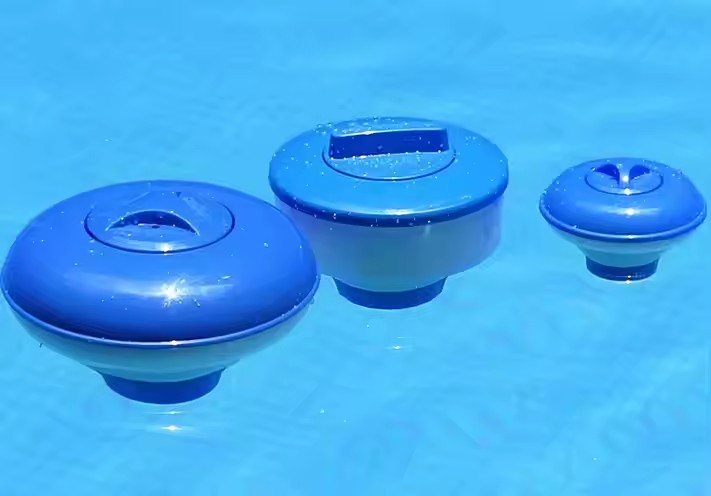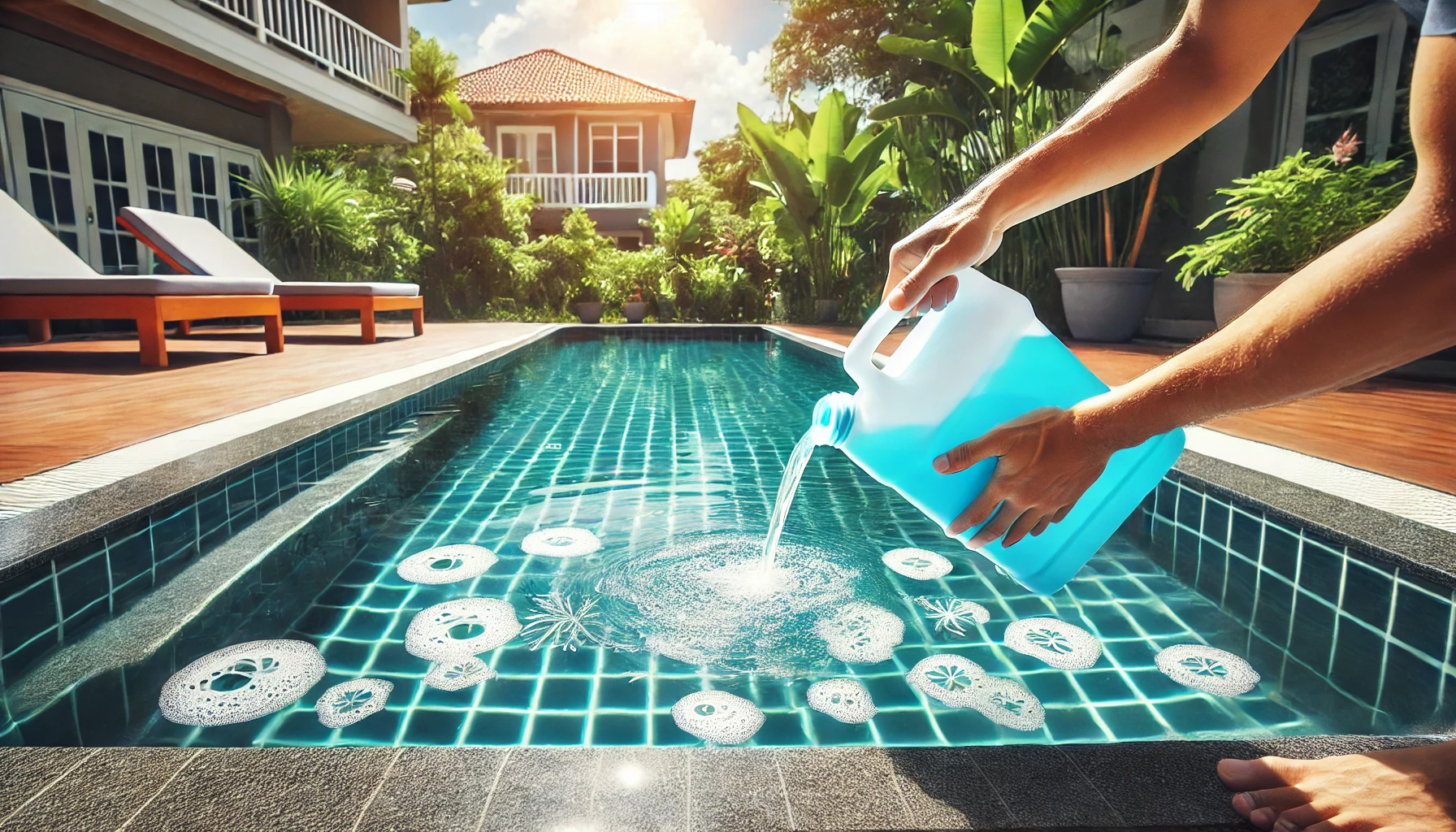Maintaining a clean and properly functioning pool filtration system is essential for ensuring crystal-clear water and a safe swimming environment. Sand filters are among the most common types of filtration systems used in swimming pools, utilizing specially graded sand to remove impurities from the water. Over time, the filter media in sand filters become worn and require replacement to maintain optimal filtration efficiency. In this comprehensive guide, we will discuss the essential considerations and precautions to be mindful of when replacing filter media in pool sand filters.
Understanding Pool Sand Filters
Pool sand filters consist of a tank filled with specially graded sand, which acts as the filtration media. As pool water passes through the filter, impurities and debris are trapped within the sand bed, allowing clean water to return to the pool. Proper maintenance, including periodic replacement of the filter media, is essential to ensure the filter operates efficiently.
Signs that Filter Media Needs Replacement
Several indicators suggest that the filter media in a sand filter requires replacement:
Reduced Filtration Efficiency: If the filter struggles to maintain water clarity or exhibits poor filtration performance despite regular cleaning, it may indicate that the filter media has become ineffective and requires replacement.
Increased Backwashing Frequency: A noticeable increase in the frequency of backwashing needed to maintain water flow through the filter suggests that the filter media is clogged and needs replacement.
Channeling or Clumping: Visual inspection of the filter media may reveal signs of channeling (water bypassing the sand bed) or clumping (agglomerated sand particles), indicating that the media has lost its uniformity and requires replacement.
Choosing the Right Filter Media
When replacing filter media in a sand filter, it is essential to select the appropriate type and grade of media. Common options include:
Silica Sand: The traditional choice for pool sand filters, silica sand is affordable and readily available. It is essential to use specifically graded pool filter sand, as regular sand may contain impurities that affect filtration efficiency.
Alternative Media: In recent years, alternative filter media such as zeolite, glass beads, and polyester balls have gained popularity for their enhanced filtration properties and longer lifespan compared to traditional silica sand.
Preparation Before Replacement
Before replacing the filter media in a sand filter, several preparatory steps should be taken:
Turn off the Pool Pump: Ensure that the pool pump is turned off to prevent water from flowing through the filter during the media replacement process.
Drain the Filter Tank: Drain the filter tank completely to access the filter media without water obstruction.
Release Pressure: Open the air relief valve on the filter to release any built-up pressure inside the tank.
Media Replacement Process
The process of replacing filter media in a sand filter involves the following steps:
Remove the Filter Tank Lid: Unscrew or unlatch the lid of the filter tank to access the filter media.
Scoop Out the Old Media: Use a scoop or shovel to remove the old filter media from the tank. Dispose of the old media properly according to local regulations.
Clean the Tank Interior: Thoroughly clean the interior of the filter tank to remove any debris or sediment that may have accumulated.
Add New Filter Media: Carefully pour the new filter media into the tank, ensuring an even distribution and maintaining the recommended fill level.
Reassemble the Filter: Replace the filter tank lid and secure it tightly to prevent leaks.
Restart the System: Turn on the pool pump and carefully monitor the filter for any signs of leaks or irregularities.
Post-Replacement Considerations
After replacing the filter media in a sand filter, several post-replacement considerations should be addressed:
Prime the Pump: Ensure that the pool pump is properly primed to facilitate water circulation through the filter.
Backwash and Rinse: Perform a backwashing cycle followed by a rinsing cycle to remove any residual debris or fines from the new filter media.
Monitor Filtration Efficiency: Monitor the filtration efficiency of the sand filter following media replacement, adjusting pump run times and backwashing frequency as needed to maintain optimal water clarity.

Regular Maintenance:
Regular maintenance of pool sand filters, including periodic backwashing, rinsing, and chemical cleaning of the filter media, is essential to prolong the lifespan of the media and ensure continued filtration efficiency.
Conclusion:
In conclusion, replacing filter media in pool sand filters is a crucial aspect of pool maintenance that ensures optimal filtration efficiency and water quality. By understanding the signs that indicate the need for media replacement, selecting the appropriate filter media, and following proper replacement procedures, pool owners can maintain a clean and safe swimming environment for all. Regular maintenance and monitoring of the sand filter are essential to maximize its lifespan and effectiveness in removing impurities from pool water.


